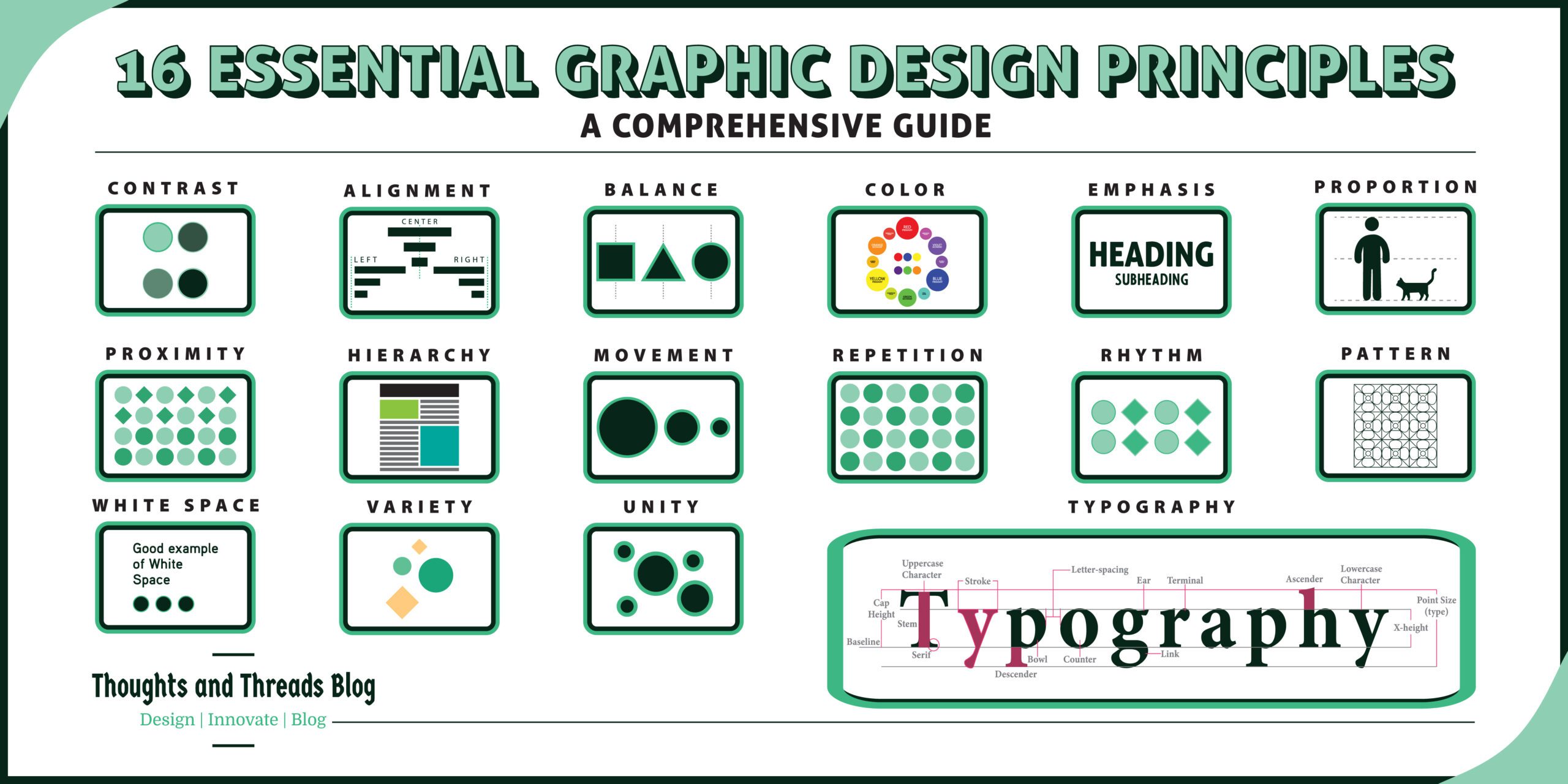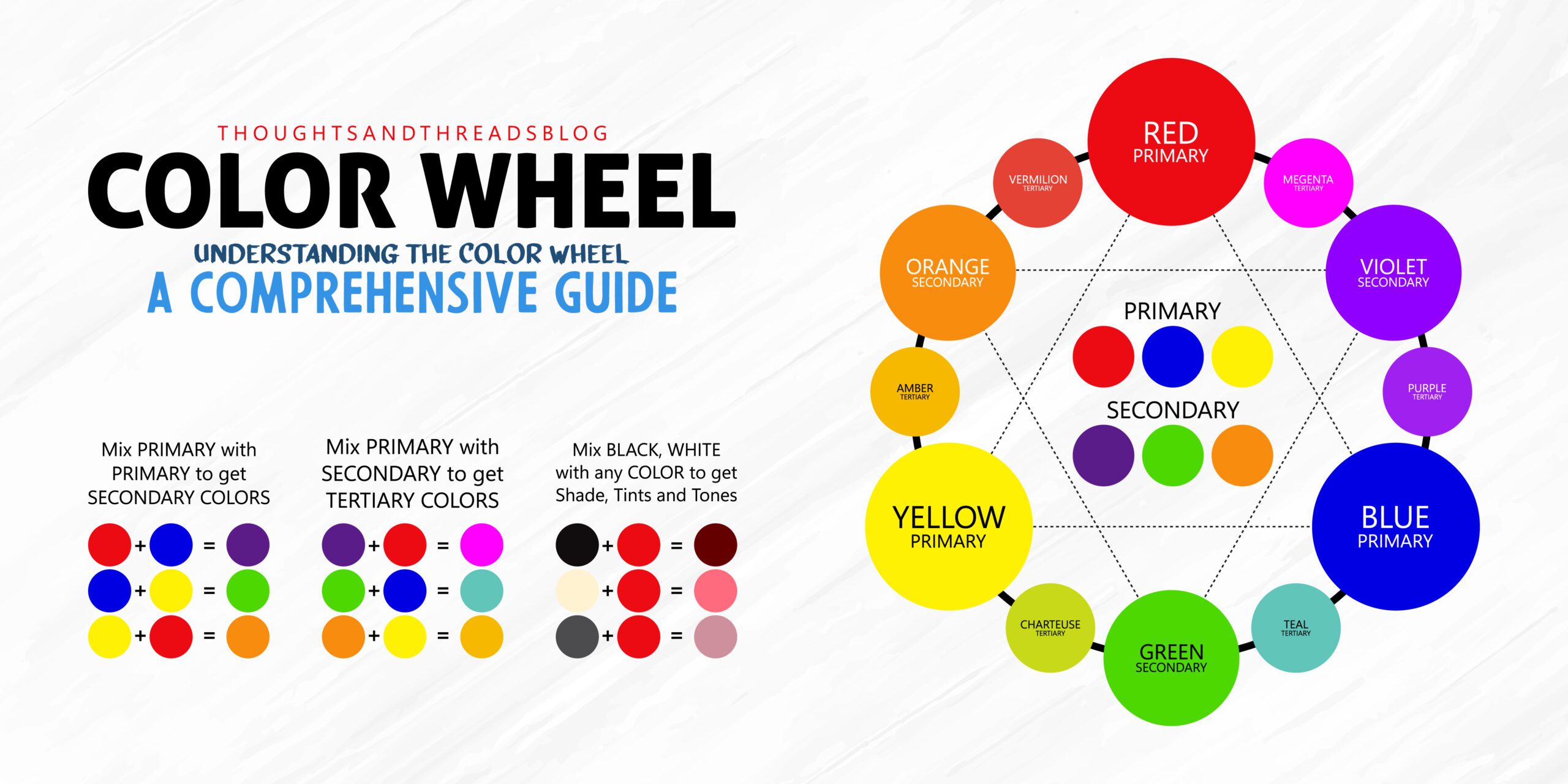Discover how to safeguard a profitable Pay-per-Click Advertising campaign for your company in this beginner’s guide. Find out general and specific pieces of advice on effective pay per click advertising.
Also known as cost-Per-Click or cost-Per-Impression advertising, Pay-per-Click (PPC) advertising is inarguably the most effective promotional strategy in the marketer’s arsenal today. This beginners’ guide will help you to understand the basics of PPC and give you the must-know information on how to design and run effective PPC campaigns.

What is Pay-per-Click Advertising?
Definition and Basic Concepts
The Pay-Per-Click advertising is a business model by which the advertiser is charged each time the customer clicks on the link to the site owned by the former. It is a process of purchasing traffic to your site as opposed to trying to gain traffic naturally.
How Pay-per-Click (PPC) Works
PPC ads are displayed on websites, the result pages of search engines, social media platforms and others. Companies place bids on relevant phrases; this results in firms with the highest bids being granted the opportunity to post their advertisements.
Why PPC is so Important in Contemporary Marketing?
Benefits of Pay-per-Click (PPC)
- Immediate Results: Another advantage of PPC campaigns it that traffic can be driven to the website almost immediately.
- Targeted Advertising: Target consumers depending on age, gender, region, and other factors of relevance to the business.
- Measurable ROI: Measure the activities and enhance the campaign as well.
Comparison with Other Advertising Techniques
As opposed to conventional advertising strategies PPC can be easily managed as well as tracked. You are able to know which of your ads is generating leads and which is not, so that you can make changes on form to generate better outcomes.
Getting Started with Pay-per-Click (PPC)
Determining What You Want from Your PPC Advertising
Defining Your Objectives
Decide exactly what your goal for the PPC campaign is going to be. Some of the usual goals include raising awareness about a website, getting visitors interested in a product/ service and making them purchase.
Linking the Pay-per-Click (PPC) Goals with Business Goal
Make sure the PPC objectives are consistent with the business objectives. This kind of alignment is quite beneficial in crafting a synergy in marketing to boost firm growth.
Pay-per-click advertising examples (PPC Networks)
Google Ads
Google AdWords, the most famous PPC service, provides one of the broadest coverage and fine-tuning capabilities.
Bing Ads
These Websites, although, are not as popular as Google, and thus, Bing Ads can cost a lower price with a smaller number of competitors.
Social Media Platforms
- Facebook Ads: This is particularly ideal for accurate jogging down of the demographic variable.
- LinkedIn Ads: Most suitable for Business-to-Business marketing environment.
- Twitter Ads: It can also be used for sharing the content and interaction with the target audience.
Building a Pay-per-Click (PPC) Strategy
Keyword Research and Selection
Tools for Keyword Research
This article will also need to use Google Keyword Planner, SEMrush, and Ahrefs to identify keywords for the campaigns.
Long-tail vs Short-tail Keywords
Long-tail keywords are usually unique and not frequently searched while short-tail keywords are general, but highly searched.
Writing a Good Ad Text
Writing Attention-Grabbing Headlines
Your headline should be lay, related to the content of your post and appealing to the readers to get their attention to click on your link.
Crafting Persuasive Ad Descriptions
To write content that is selling, use simple and brief language to describe the advantages of your product/ service and what it includes.
Designing Effective Landing Pages
Significance of Relevance of Landing Page
This guarantees that the landing page will complement the ad or message and reduce bounce rate, thus, improving the conversion rate.
Effective Solutions for Attaining Landing Page Creation
- Clean Layout: It contains many interesting features but they are not very complicated to use and navigate.
- Clear Call-to-Action: Call for action from the users.
- Mobile-Friendly: They should organize their element in such a way that the page gives good impression on any device.
Budgeting and Bidding
Determining the Budget for Your Pay-per-click Campaign
Daily vs Monthly Budgets
Whether to create a daily or monthly budget depends on the total amount of funds allocated to the marketing and the pertaining objectives.
How to Create a Better Budget Due to Performance
Control the effect of the campaign and be able to potentially shift your budget in order to get higher returns.
Understanding Bidding Strategies
Manual vs Automated Bidding
There is the provision for manual bidding where you control the amount to bid for a particular ad while in automated bid there is bidding being done automatically within the bid amount provided.
Choosing the Right Bidding Strategy for Your Goals
To decide on the right bidding strategy, you should first define your bid objectives and online marketing goals. Choose between broad or precise bid approach based on the goals of the particular campaign; it may be click-through, visual impact or conversion.
Launching Your Pay-per-Click (PPC) Campaign
Strategies on how to Set Up and organize a Successful PPC Campaign
General Structure of the Advertisement and Campaign
Group your campaign by ad groups and themes or product category to ensure that the ads relevant to the campaign.
Importance of Ad Relevance
To strengthen the Quality Score and minimize the costs, it is necessary to align the ads extremely close to keywords and landing pages.
Setting Up Conversion Tracking
Importance of Tracking Conversions
Conversion tracking enables the advertiser to gauge the success of the advertisements in terms of generating the right response from the consumers whether it is through the sales or registration.
Measuring Techniques of Conversion
Other tools include Google analytics, and conversion tracking codes so that conversions can be analyzed.
Monitoring and Optimization
Analyzing Pay-per-Click (PPC) Performance Metrics
Key Metrics to Track
- Click-Through Rate (CTR): More precisely, it shows how many times people clicked your ad.
- Cost Per Click (CPC): The cost per click which is the price you will pay time each time a click is made on the ads.
- Cost Per Acquisition (CPA): They mean the money that a business must spend to attract a new client to the business.
How to Interpret Performance Data
Performance data usually indicates results or outcomes which have been achieved either in the present or in the past and for that reason; the following are the ways of describing it:
Use the data analysis to understand patterns of the users and make right choices to improve the campaign.
Application of A/B Testing to Improve Results
What is A/B Testing
In A/B testing two different ads are prepared in order to determine which among the two gets the better response.
How to A/B Test in PPC
Split test a variety of headlines, ad text and images to see which give the best results.
Optimizing Your Pay-per-Click (PPC) Campaigns
Ways to Optimize the Advertising
- Refine Keywords: Get rid of any terms that seemed to have no impact on conversions.
- Improve Ad Copy: Update to be more engaging is called for in this case.
- Enhance Landing Pages and improve the content to be much more pertinent to the user.
Common Optimization Tactics
- Adjust Bids: It is to increase where performance is good and decrease where performance is poor.
- Use Negative Keywords: Suppression of certain terms which may be unrelated to the particular research study.
- Schedule Ads: Start the advertisements as and when the targeted group is most active.
Advanced Pay-per-Click (PPC) Techniques
Remarketing Strategies
What is Remarketing?
Remarketing is aimed at users who have visited your site and made some actions but did not make a purchase.
How to Implement Remarketing and Get the Most Out of It?
Make Google Ads and Facebook Ads to create remarketing lists and to conduct remarketing campaigns.
Using Negative Keywords
Importance of Negative Keywords
Your advertisement gets to avoid showing when it is connected to negative keywords, thus conserving on funds.
How to Identify and Implement Negative Keywords?
Review search query reports to find irrelevant terms and add them as negative keywords.
Common Pay-per-Click (PPC) Mistakes to Avoid
Overspending on Broad Keywords
Dangers of Broad Keywords
The vast general keyword terms would result in massive costs where the sites get a lot of clicks, but none of the intended visitors.
How to Avoid Overspending
Pay attention to long-tail keywords and never stop updating you keyword list.
Ignoring Mobile Users
Importance of Mobile Optimization
The campaign appears to attract visitors from different devices; therefore, mobile ad placements and landing pages should be optimized for mobile.
How to Drive Mobile-Friendly Pay-per-Click (PPC) Campaigns?
- Responsive Design: Make your site mobile friendly and responsively designed.
- Mobile-Specific Ads: Design adverts that are specific to the users of mobile devices.
Neglecting Ad Extensions
What are Ad Extensions
Ad extensions include site links, call buttons, and/or location information if additional information is desired.
Advantages of Ad Extensions
They increase the exposure of your ads and attract more people to click through to the site.
Frequently Asked Questions (FAQ’s)
What is the difference between PPC and SEO?
How much should I budget for a PPC campaign?
How long does it take to see results from PPC?
Can PPC work for small businesses?
What are the best tools for PPC management?
Conclusion
Recap of Key Points
- Set Clear Goals: Thus, clarify the strategy with regard to what it is hoped to accomplish.
- Choose the Right Platform: Some target groups are more natural to reach on specific platforms, so you want to choose the right one.
- Optimize Continuously: Campaign: It is advisable to review and optimize your campaigns periodically.
Next Steps
- Start Your Campaign: This guide will help you start an initial pay per click advertising campaign:
- Learn Continuously: Continue with ideas, tips and tricks on present day PPC.
Staying Updated with PPC Trends
Emerging Trends in Pay-per-Click (PPC) Advertising
- AI and Machine Learning: Leverage technology to increase the effectiveness of the campaigns.
- Voice Search: Be ready for the voice search to rise.
Keeping Up with Platform Updates
It is important to learn about changing tides concerning PPC platforms in order to make your Pay-per-Click (PPC) work effective.
Leveraging Analytics for Success
Using Google Analytics with Pay-per-Click (PPC)
If you want to have more precise data on your Pay-per-Click (PPC) campaign, it is highly recommended that you integrate your Google Analytics account with PPC. Here’s how to do it: Here’s how to do it:
- Link Google Ads and Google Analytics: This integration lets users of the two platforms to share data more conveniently.
- Set Up Goals and Conversions: Determine what events you would like to measure, like the completion of a form or an actual purchase.
- Analyze Key Reports: Different reports such as Acquisition, Behavior, and Conversions will help know about users’ activities and the campaign performance.
Attribution Models in Pay-per-Click (PPC)
Remodeling attribution decides how the conversion credit is distributed among the touchpoint included for the conversion. Understanding different models helps in choosing the one that best fits your campaign: Understanding different models helps in choosing the one that best fits your campaign:
- Last Click Attribution: Takes all the credit to the last click before a conversion is made.
- First Click Attribution: Scores all for the first click.
- Linear Attribution: It gives out credit in equal proportions to all interactions that a specific student has with the system.
- Time Decay Attribution: Freights interactions closer to the conversion time with more credit.
- Position-Based Attribution: Gives 40% weights to FRI and LRI, and the remaining 20% is distributed among MIs, to be precise, 11% on MI1 and MI2 each.
Case Studies and Real-World Examples
Successful Pay-per-Click (PPC) Campaigns
Looking into examples of good Pay-per-Click (PPC) strategies should be informative. Here are some examples:
- E-commerce Retailer: Increase sales conversion by 50% by focusing on long-tailed keywords and improving landing pages.
- B2B Company: Generated a 30% decrease of CPA with remarketing and negative keywords.
- Local Service Provider: Increased the local traffic by 40% to its site by targeting localized keywords and leveraging to ad extensions.
Learning from Pay-per-Click (PPC) Failures
Learning about the most typical causes of Pay-per-Click (PPC) campaign failures will allow not to repeat these mistakes. Common issues include:
- Poor Keyword Selection: Paying for the wrong keywords can prove to be costly; keying in keywords that are too general are also not helpful.
- Unoptimized Landing Pages: By having the wrong landing pages, the individuals end up bouncing a lot and do not convert.
- Neglecting Mobile Optimization: Mobile users should not be excluded as it greatly affects performance since traffic mostly comes from mobile merchandise.
Tools and Resources
Essential Tools for Pay-per-Click (PPC) Management
There are so many tools out there that help select take the stress out of Pay-per-Click (PPC) management and take results up a notch. Some popular tools include:
- Google Ads: All-in-one solution which provides a possibility to create and maintain PPC campaigns.
- SEMrush: Provides such core services as keyword research & analysis, competitor analysis and PPC campaign management.
- Ahrefs: Helpful when looking for keyword opportunities and analyzing the referral websites traffic.
- Google Analytics: Critic important for monitoring and evaluation of the campaign.
- SpyFu: These competitors and keyword research tools are provided.
Educational Resources and Courses
Therefore, additional education is of significance for now learning about the changes in PPC as well as its activities. Recommended resources include:
- Blogs and Forums: Reading industry blogs on marketing platforms such as Moz, WordStream, and Search Engine Land. Reddit’s PPC community r/PPC is one of the best forums to join.
- Online Courses: Other websites such as Udemy, Coursera, and LinkedIn learning have full courses on PPC.
- Webinars and Workshops: Watch webinars and other live events with the professionals to get more of real scenario and suggestions.
Wrapping Up
Final Tips for Pay-per-Click (PPC) Success
- Stay Flexible: Modify and improve: Campaigns must be modified and improved in line with the current situation.
- Experiment: Experiments with new techniques and reduce on outputs.
- Monitor Performance: Measuring all important indicators and using the obtained data as the basis for decision making.
Exhortation to Perpetual Studying and Innovating
Therefore, it can be concluded that PPC advertising is not a stagnant activity that can be mastered once and for all; on the contrary, it is a sphere that implies constant learning and testing. Never be bored, always try out new concepts and always try to make your campaigns better and better.
Appendix
Glossary of Pay-per-Click (PPC) Terms
- CTR (Click-Through Rate): The click through rate, also known as CTR, which reveals the probability of people clicking on the ad.
- CPC (Cost Per Click): The cost you have to pay every time a user clicks on the ad that you post on the internet.
- CPA (Cost Per Acquisition): The amount of money spent to gain the attention of the target consumer for the first time.
- Quality Score: In Google Ads, it measures the relevance of your ads and keywords as well as their quality.
- Ad Extensions: Additional information provided with your ad, such as site links or call buttons.
Checklist for Pay-per-Click (PPC) Campaign Setup
- Define Goals: Campaign Goals and objectives: The goal of this campaign should be stated quite clearly and very specific.
- Conduct Keyword Research: For example, it involves using tools to arrive at the relevant keywords and those with high performance.
- Create Ad Copy: In this context headlines and descriptions for the articles should be written in a very persuasive and compelling way.
- Design Landing Pages: Ensure that all others correlate highly especially the landing pages and are fit for the required conversions.
- Set Budget and Bids: To start, you need to identify your budget, and in turn, chose your bidding strategy.
- Launch Campaign: Schedule the advertisement and categorize them, work on the ads then launch.
- Monitor and Optimize: I am learning to apply the look at the indicators and adjust the right when needed consistently.
- Track Conversions: One of the ways you should ensure that your campaign was effective is by tracking progress made with the campaign to see to what level it has achieved success.
Pay-per-click websites name with link
- Google Ads: ads.google.com
- Bing Ads: ads.microsoft.com
- Facebook Ads: facebook.com/business/ads
- Instagram Ads: business.instagram.com/advertising
- LinkedIn Ads: business.linkedin.com/marketing-solutions/ads
- Twitter Ads: ads.twitter.com
- Amazon Ads: advertising.amazon.com




Leave a Comment